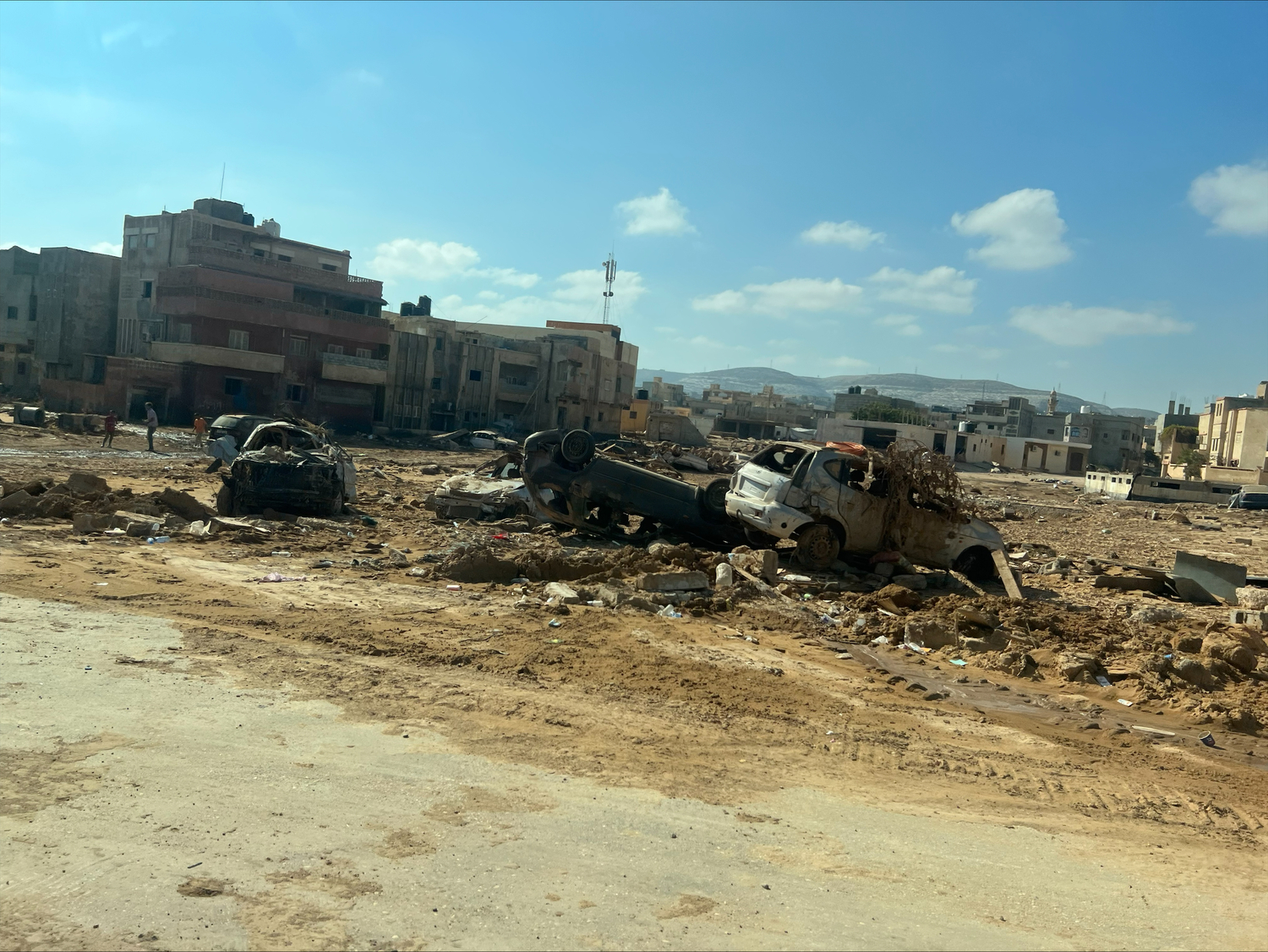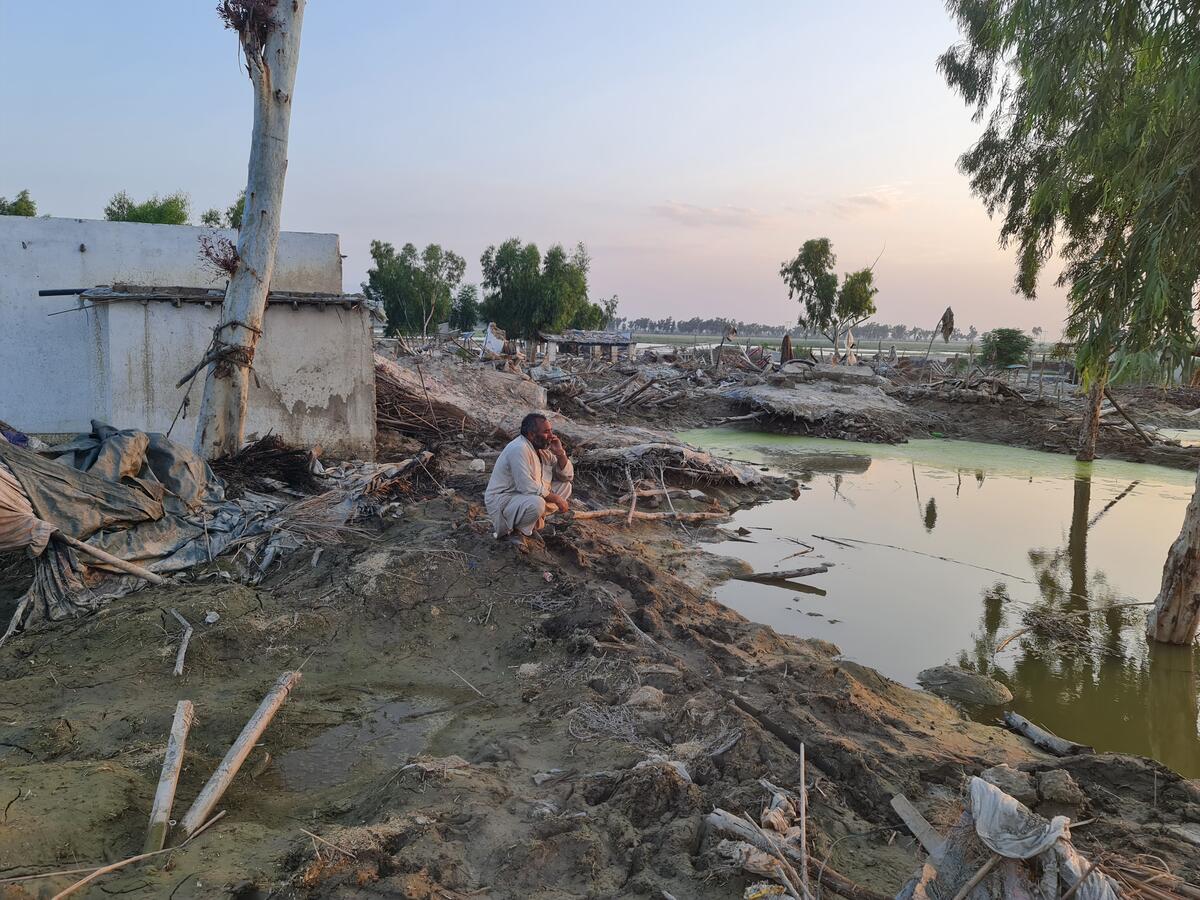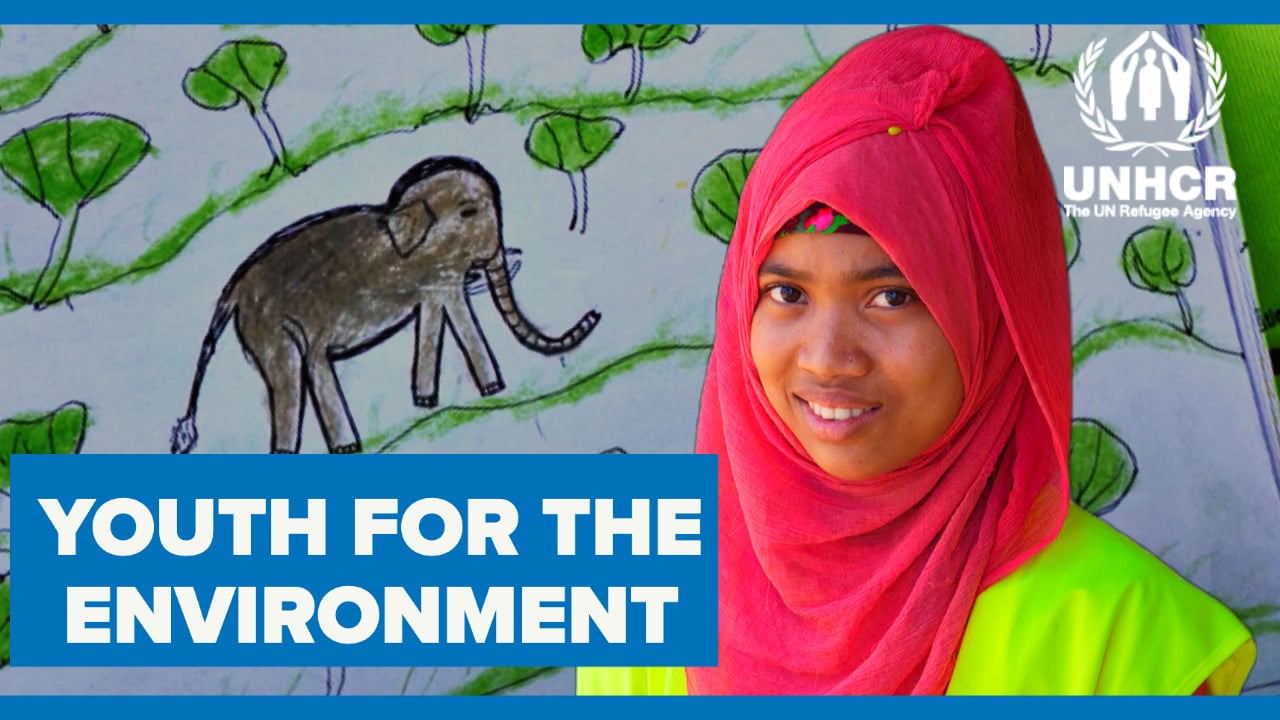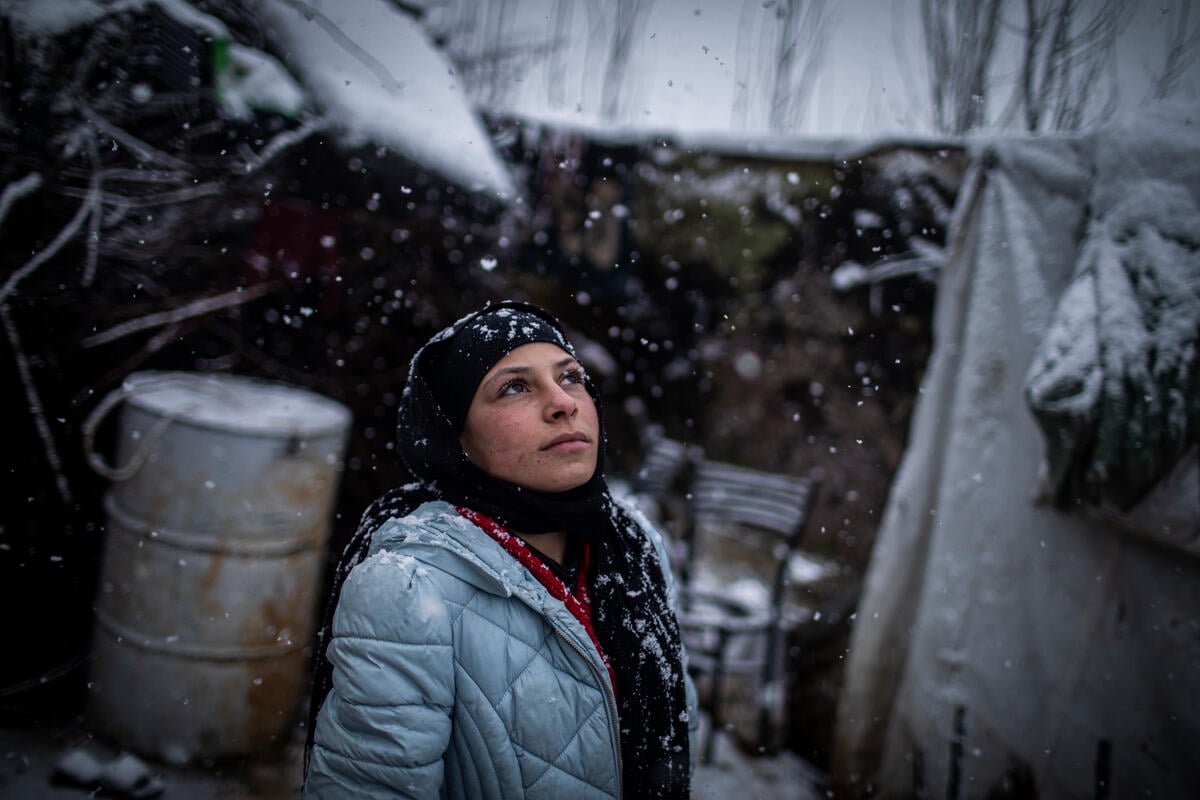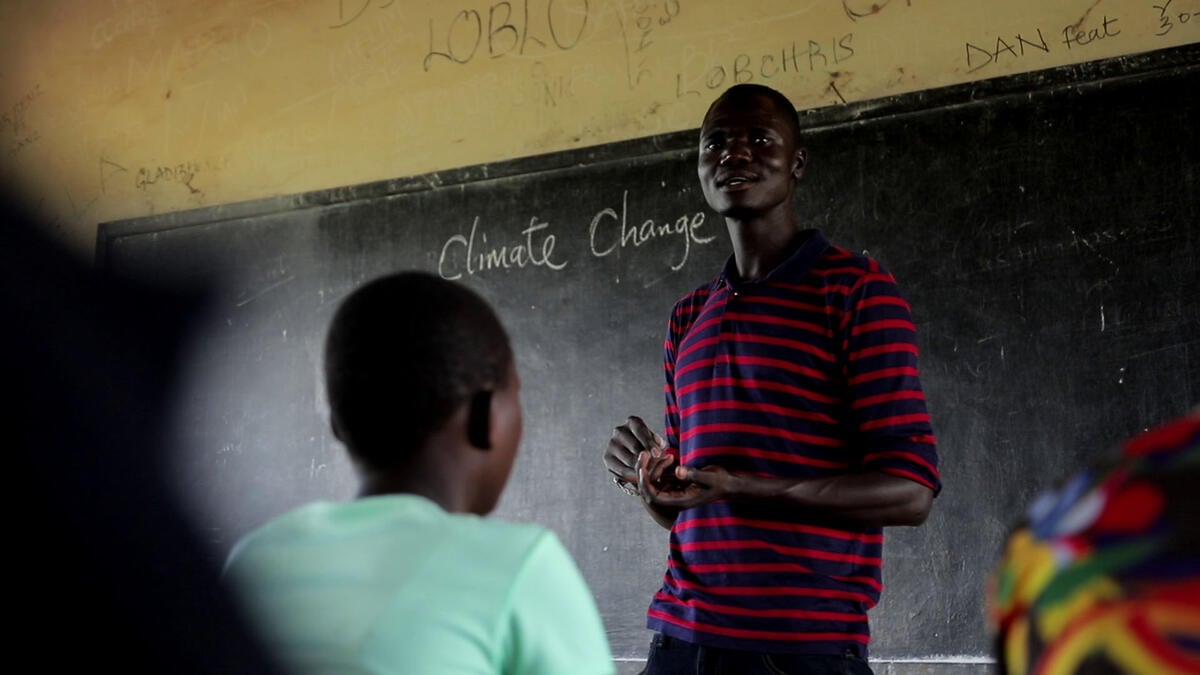Displaced youth seek to heal divided Colombian town
Displaced youth seek to heal divided Colombian town

LA GLORIA, Colombia – A group of displaced youth in Colombia’s Amazon region have set their elders an example with a scheme to heal suspicion and hostility in their divided community.
As a peace deal to end Latin America’s longest-running conflict neared completion, young men and women in La Gloria, in Caqueta province, took matters into their own hands to reconcile the disparate factions in their own community of displaced people by organizing cultural activities for the younger generation.
La Gloria was in the process of being built as part of a government plan to house displaced people when the first wave arrived in 2011 in the wake of floods and natural disasters. The development was poorly supervised and the houses were shoddy. Some were only partially built.
In 2013, people fleeing the internal conflict between government forces and Revolutionary Armed Forces of Colombia (FARC) rebels were moved into smarter new social housing being built as part of a relocation process.
Tension and resentment grew among the various groups from different backgrounds, over the variable quality and type of accommodation they were offered.
“I was not happy when I arrived. There was a lot of rivalry between all of the people living in the neighbourhood.”
“I was not happy when I arrived in La Gloria,” said 14-year-old Samuel, whose family had fled the conflict. “I did not know anyone and everybody was on his own. There was a lot of rivalry between all of the people living in the neighbourhood.”
Invisible barriers grew up between groups of newcomers, who generally stayed within their own neighbourhoods and did not mix. Children from different areas were not allowed to play together.
After Colombians narrowly rejected a peace accord in a September referendum, the Government and the FARC reached a revised agreement which was signed on Thursday (November 24). It aims to end 52 years of conflict that has killed more than 220,000 people and was welcomed by UNHCR, the UN Refugee Agency.
As a result of the conflict, there are more than 7.2 million internally displaced people in Colombia. UNHCR is focusing efforts to help the displaced, including local integration which is vital to ensure their rights are respected and they have dignified livelihoods.
Tired of living in the untenable environment in La Gloria, Samuel and other teenagers who had been attending youth art workshops provided by UNHCR decided to take the initiative to try to improve community spirit.
They started by organizing activities for children and young people. “At the beginning, children were not allowed to come, but we insisted with their parents and slowly they let them join,” Samuel said.
With the support of UNHCR, Samuel and his companions built a youth centre, where everyone could get together, learn, share ideas and develop activities without having to worry about where they came from.
The young residents of La Gloria also decided to join the UNHCR-funded “Festival of Life and Rights,” in which the whole community joins in activities and shares experiences.
The idea took hold and its success paid off when the community was later able to come together to find solutions to problems such as an increase in crime and drug dealing, and families spilling over into other areas as a result of a lack of housing in La Gloria.
Often, informal settlements and vulnerable townships such as La Gloria, where more than 350 displaced families live, are left to fend for themselves, assuming responsibility for their own security and finding ways to earn a livelihood.
To ensure social cohesion, they are encouraged to develop their own ideas, work as a team, implement projects – with support from UNHCR – and learn how to organize themselves and operate as a joint community. They receive guidance on how to negotiate with local and state authorities.
“The best thing about the festival is it represents us – the young people who were able to move beyond the adults’ rivalries."
This year, the German-run Sinfonía Trópico biodiversity project also joined the three-day festival, providing music, art and theatre workshops with a strong environmental component.
Sinfonía Trópico describes itself as “an initiative that raises awareness about the loss of biodiversity and the risks of deforestation and climate change in Colombia through events that combine art and science”.
The festival closed with a photographic exhibition and a talent show, where the children and young people showed their parents and the community what they had learned and their desire to construct a better future.
Samuel joined music classes and was happy to get on stage: “Using my voice and meeting all those teachers that came to the community, showed me that people do care about us, are interested in us and eager to help our community,” he said.
Natalia, now good friends with Samuel despite living on the opposite side of town, said: “The best thing about the festival is it represents us - the young people who were able to move beyond the adults’ rivalries, lower the hostilities between both sides of town and develop a sense of belonging to the community. This is why we are motivated to continue working every day to build a better life.”



